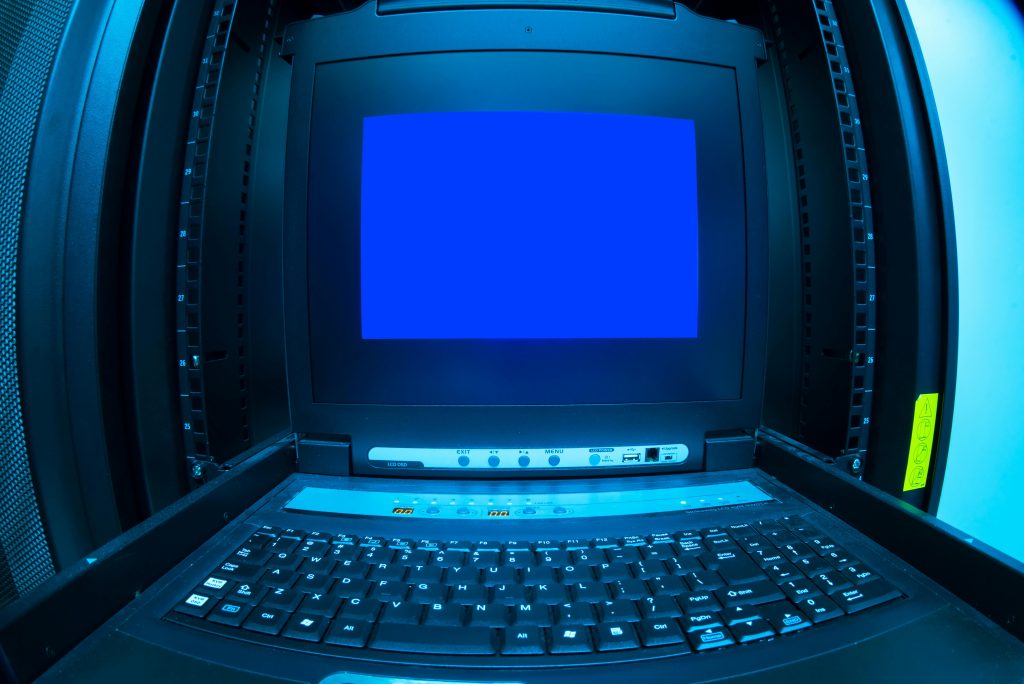Troubleshooting SSD Boot Issues: A Guide for Users
When setting up a new system, facing boot issues can be frustrating, especially when you’re confident that everything should work seamlessly. One common dilemma is having an SSD recognized in your BIOS but unable to boot from it. This article explores potential causes and solutions for this situation, using a specific case as an example.
The Scenario
Imagine you’ve decided to repurpose an SSD from an older rig, which already has Windows installed, into your new motherboard setup. In this example, the SSD in question is a Crucial MX500 1TB and is mounted on an Asus TUF X570 Plus motherboard, running BIOS version 1405. While the BIOS identifies the SSD as a storage device, the system fails to boot from it.
Possible Causes of Boot Issues
-
UEFI vs. Legacy Mode: Depending on the previous system’s configuration, your SSD may be set up to boot in UEFI mode. Ensure that your motherboard BIOS settings match the type of boot method used by Windows. Switching from UEFI to Legacy or vice versa may resolve the issue.
-
Boot Order Configuration: Check the boot priority settings in your BIOS. It’s possible that the SSD is not set as the primary boot device, leading the system to attempt to boot from other devices instead.
-
Corrupted Windows Installation: If Windows was previously installed on the SSD but has not been used with the new hardware, it may not support the new motherboard’s drivers. In this case, a fresh installation of Windows would be necessary.
-
BIOS Compatibility Issues: Although this is less common, certain BIOS versions might have compatibility problems with specific SSDs. Consider updating to the latest BIOS version to improve hardware compatibility.
-
Hardware Connections: Ensure that the SSD is properly connected to the motherboard and power supply. Loose connections can lead to detection issues.
What Should You Do Next?
-
Verify BIOS Settings: Enter the BIOS setup and check both the boot order and the mode (UEFI/Legacy). Adjust these settings accordingly.
-
Fresh Windows Installation: If the boot configuration appears correct but the system still does not boot, proceed with a fresh installation of Windows on the SSD to ensure it aligns with the new hardware.
-
Check for Updates: Visit the manufacturer’s website to see if there’s a newer version of the BIOS for
Share this content:



